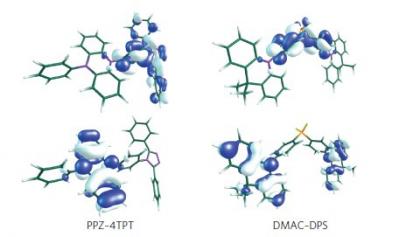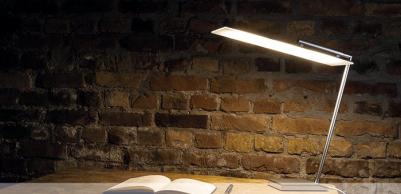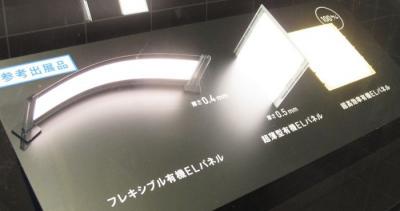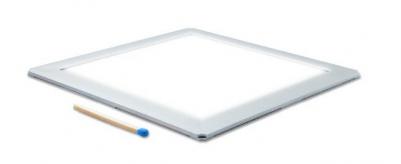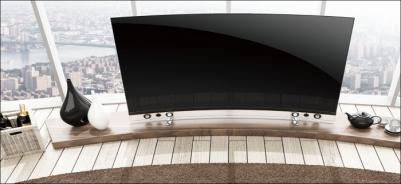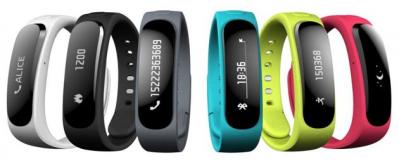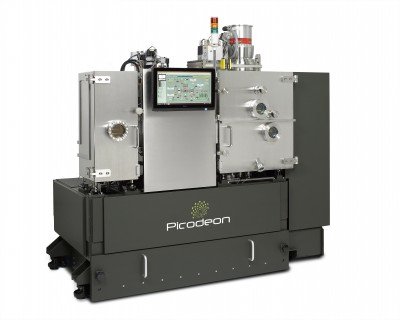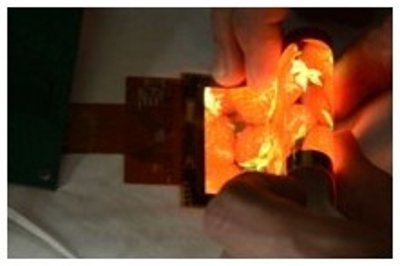DisplayMate: the GS5 display is the best mobile display ever, outperforming all previous OLED and LCD panels
Last month Samsung unveiled the Galaxy S5 with its 5.1" FHD (432 PPI) Super AMOLED display. The phone is set to launch globally on April 11th, but my friend Raymond Soneira from DisplayMate received a GS5 from Samsung to test the display. And his conclusions? The GS5's display is a major improvement over the GS4 display. In fact, the GS5's AMOLED is the best mobile display ever tested at DisplayMate, outperforming all other OLED and LCD displays.
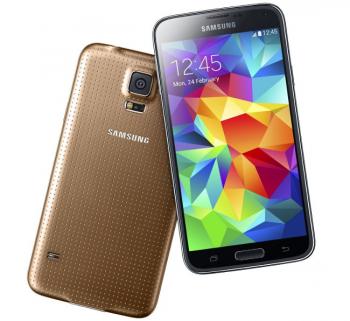
But just how is the display better than the 5" Full-HD one on the GS4 and every other mobile display on the market? DisplayMate says that the new display is features the highest brightness, the lowest reflectance, the highest color accuracy, the highest contrast rating in ambient light and the smallest brightness variation with viewing angle. That's quite impressive!


